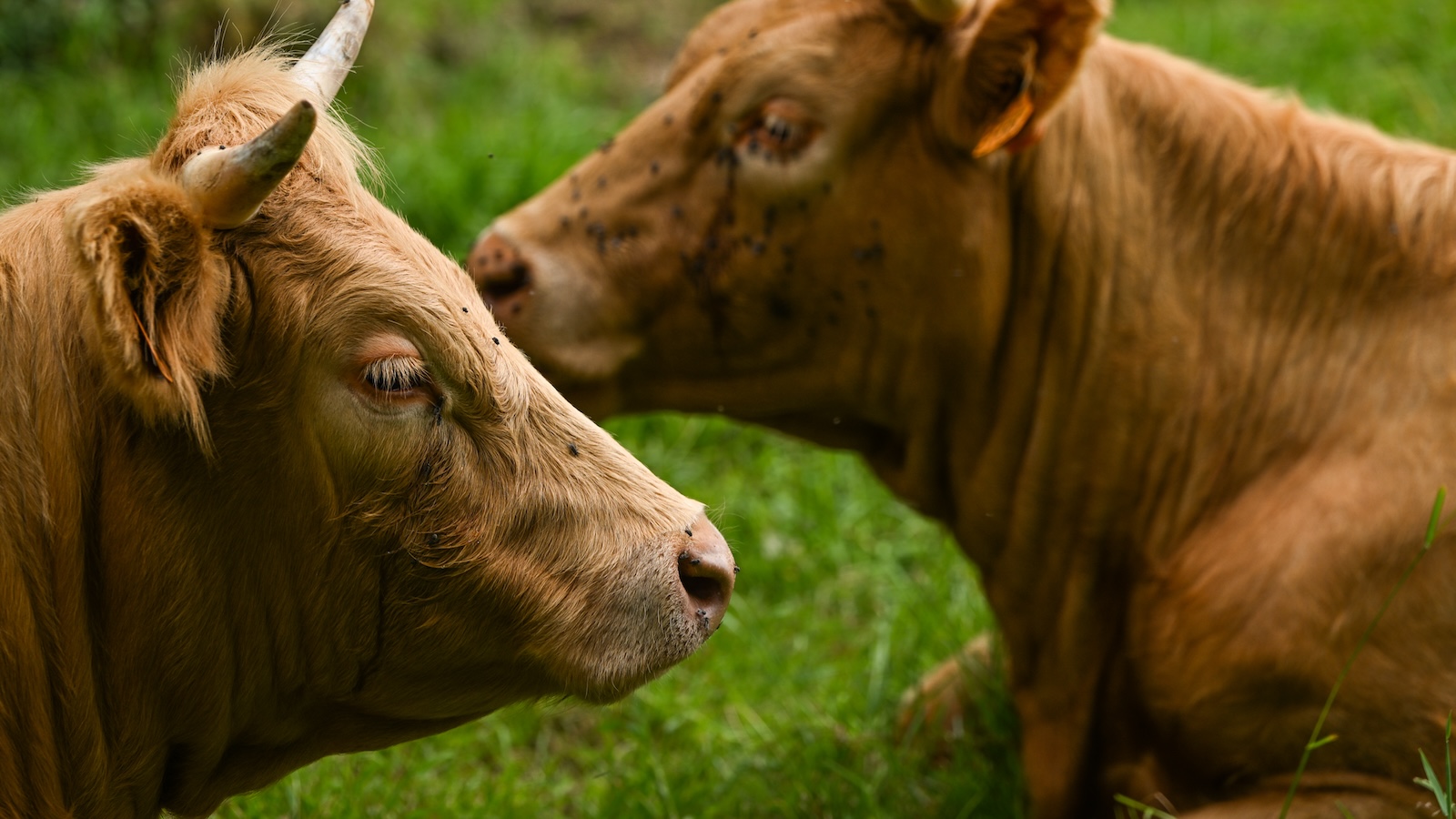The poor things can’t help it, but cows are really gassy, and that’s really bad for the planet: Microbes in their guts produce methane — a greenhouse gas up to 80 times more powerful than carbon dioxide — which comes out as burps. Consequently, livestock is responsible for 30 percent of humanity’s methane emissions. But it’s not just bovine belching that makes agriculture drive so much warming. Rice cultivation, surprisingly enough, accounts for another 12 percent of humanity’s global methane emissions.
As with cows, the problem is burps — lots and lots of tiny burps. Growing rice requires flooding fields, called paddies, with staggering quantities of water. Microbes known as archaea multiply in the wet, oxygen-poor conditions, releasing methane. One way to reduce those emissions is to inundate the fields less often, but that’s not always feasible given local irrigation infrastructure, and less water can lead to reduced yields. That’s a precarious situation, given that half the world’s population relies on rice, with current production at 500 million metric tons annually on average.
Now, though, scientists have gone to the source, announcing a breakthrough in breeding a variety of rice they say reduces methane emissions by 70 percent — while delivering yields nearly twice the global average. “The only drawback is that it cannot be cultivated throughout the whole of China, because the climate is so different in the different regions,” said Anna Schnürer, a microbiologist at the Swedish University of Agricultural Sciences and coauthor of the paper published in the journal Molecular Plant. “We are still working on finding additional varieties that can handle different temperatures.”
The rice plant and soil microorganisms have a collaborative relationship. The plant releases organic carbon through its roots, which feeds the microbes, which release nutrients that sustain the rice. A separate group of methane-releasing archaea, known as methanogens, feed on compounds produced by those microbes interacting with the plant.
In this new study, researchers led by Schnürer and Yunkai Jin, a plant biologist at China’s Hunan Agricultural University, compared a non-genetically-modified cultivar of rice, which had average methane emissions, and a genetically modified variety with low emissions. They found that the engineered strain produced significantly less fumarate, an organic compound. And the less fumarate the plants were secreting, the fewer methanogens living in the soil.
The researchers also discovered that the low-methane GMO rice released much more ethanol, an alcohol. When they applied ethanol to soils where rice plants were growing, that alone reduced methane emissions. “That turned out to be an inhibitor for the methanogens,” Schnürer said. “So it was two factors: Both fumarate and ethanol play a role in the reduction of methane.” They also applied another chemical, oxantel, to the soils, which significantly reduced methane emissions as well.
With all that in mind, the researchers crossbred — without genetic modification — a high-yield rice variety and a low-methane variety, which produces less fumarate and more ethanol. (The less gassy kind is an old type that is no longer used commercially because it isn’t high-yielding.) The result is a new, non-GMO plant that generates 70 percent less methane while still generating plenty of grains: The global average yield of rice is 4.71 tons per hectare, while this new variety manages 8.96 tons.
As is required for any new rice entering the market, the team has started registering its creation with China and other governments. It also wants to further research whether it might help to apply ethanol or oxantel to paddies to reduce methanogens without harming the crops or the beneficial microbes the plants rely on.
The tricky part is the incentive: Reducing methane emissions probably isn’t top of mind for a farmer who’s prioritizing yields. But governments are trying to reduce their greenhouse gas emissions to meet climate targets, and could potentially mandate a switch to low-methane rice — so long as the yields hold steady or improve.
The other tricky bit is that no two soils are alike, both in their chemistry and diversity of their microbes. “One plant species will not necessarily perform very well in terms of yield in all soil types, and also, of course, the methane emissions can be more or less regulated depending on the microbial community,” said Cécile Gubry-Rangin, a microbial ecologist at the University of Aberdeen who studies methanogens but wasn’t involved in the paper. “I think a nice follow-up for this study would be to do a larger-scale study to really analyze the effect.”
Still, the new plant could end up putting a major dent in methane emissions from global rice production, said Timothy D. Searchinger, a senior research scholar at Princeton University who studies agricultural methane emissions but wasn’t involved in this research. The alternative is to just wet the fields less often, which brings down populations of methanogenic microbes. But that requires reliable irrigation — a farmer wouldn’t want to drain a field and not be able to flood it again.
“There are real challenges in doing this in the real world,” Searchinger said. “So if you can come up with a low-emitting rice variety that reduces emissions by 70 percent, that is a big freaking deal.”
This story was originally published by Grist with the headline Rice paddies, like cows, spew methane. A new variety makes them a lot less gassy. on Feb 6, 2025.
Rice plants are a big source of methane, an extremely potent greenhouse gas. Scientists just developed a strain that cuts those emissions by 70 percent. Food and Agriculture, Science Grist









